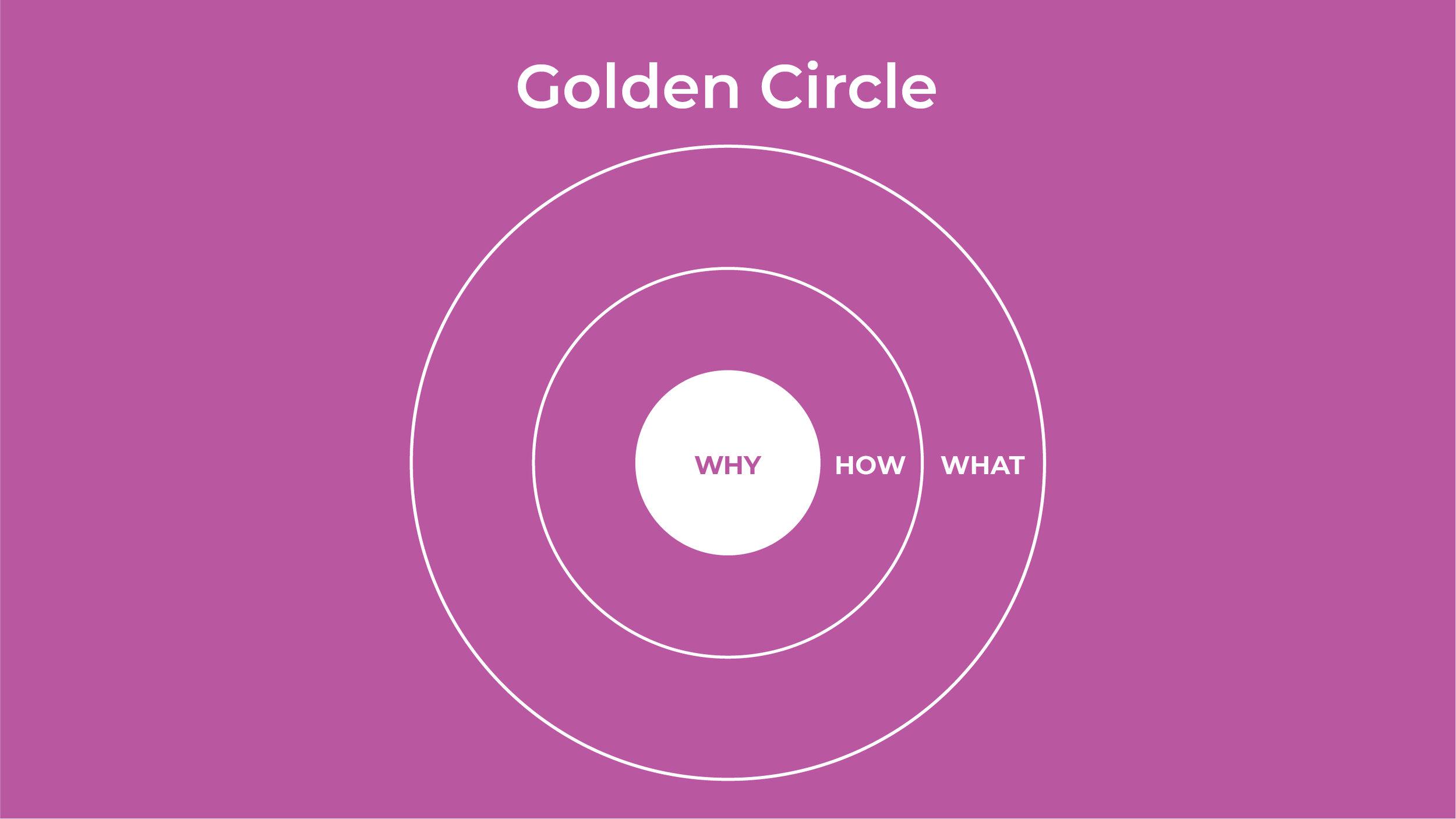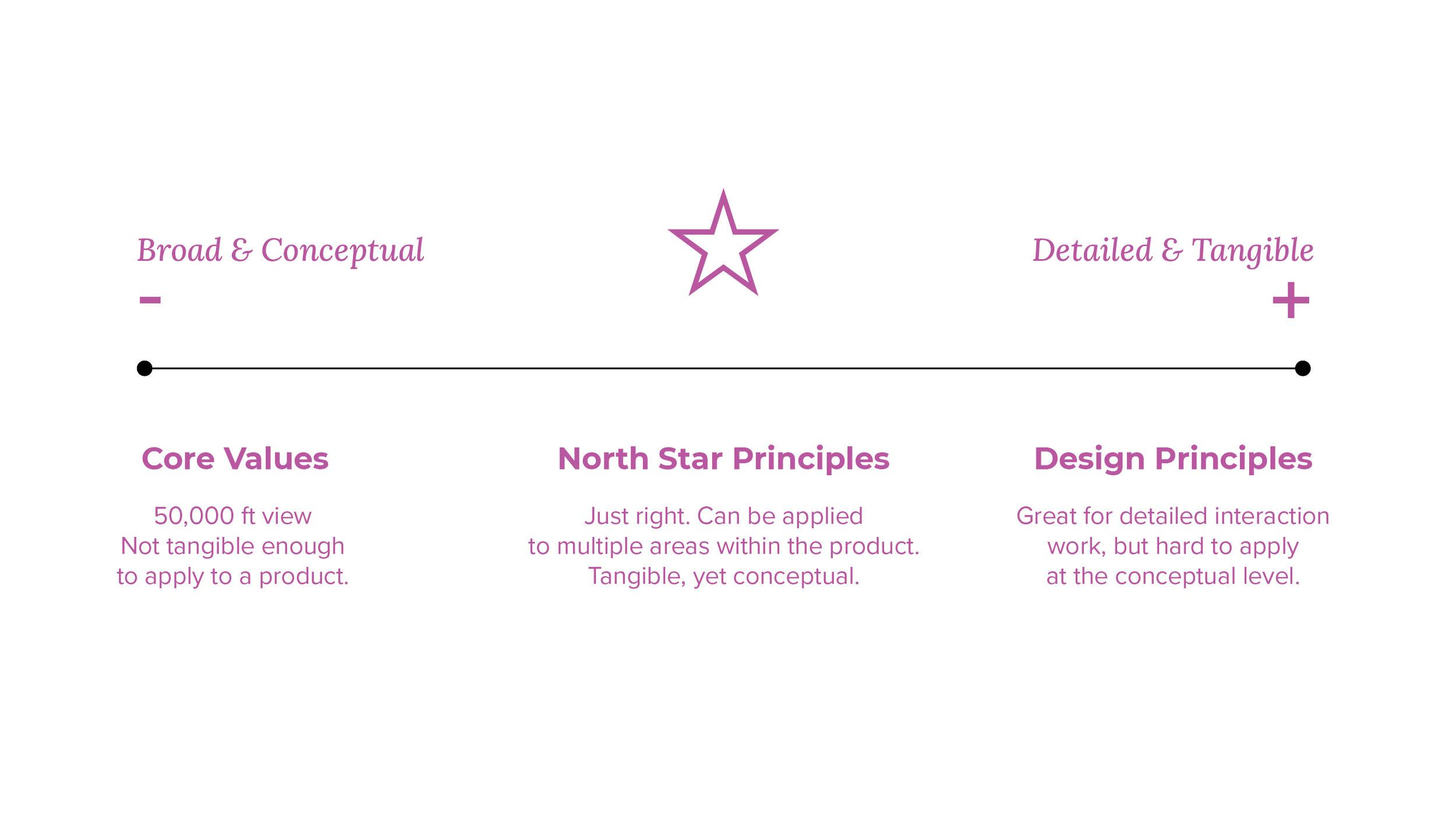When it comes to great customer and user experience, a few top companies like Apple and Shopify automatically come to mind. Increasingly, companies are recognizing that a highly thought-out and memorable customer experience increases brand loyalty and can help them stand out in a very competitive digital market. And this isn’t necessarily new. But…how are companies achieving this? What’s in their “secret sauce” that enables them to gain (in some cases, a cult-like) following of loyal users?
Well, it often comes down to consistency. Whether it be the company website, an in-store shopping experience, product design, beautiful packaging, marketing materials, or even a live event––having a clear set of values that is communicated across all touchpoints is crucial to delivering compelling and memorable customer experiences. The fact is, customers identify strongly with brands that share their values––so if a company is able to openly communicate these, to share a singular message about what their brand represents, then they are more likely to have a strong relationship with their customers.
This is where a set of guiding experience principles can really make a difference. At Outwitly, we help clients develop North Star Principles™ using human-centered design to manage daily activities, set priorities, make strategic product/service decisions, and ultimately deliver an effective and consistent brand message and vision.
In Simon Sinek’s Start With Why: How Great Leaders Inspire Everyone to Take Action (see diagram below), Sinek presents his Golden Circle approach to developing a vision or value proposition from an organization’s perspective. By thinking about the Why (your company’s purpose & motivations), the How (the process or actions needed to accomplish this purpose), and the What (the products or services you offer to achieve this purpose), your company can develop a mission.
North Star Principles™ (or NSPs) achieve something similar––but are more user-centric. NSPs take stakeholder goals and product/service vision and combine them with the needs of the user; each principle then represents a feeling or a desired experience. These principles can serve an organization at three distinct levels:
-
The Individual Product Level: Created on a smaller scale for an individual product or application, used to guide feature ideas, copy, and marketing.
-
The Service or Program Level: Applied to several different products, services, programs, and/or initiatives within the organization, and covering diverse touchpoints and customer experiences.
-
The Company/Organizational Level: Created to consider the long-term vision for the company’s products and services and the overall desired customer experience.
How are North Star Principles™ unique?
You’ve likely heard of core values, design principles, and/or customer experience principles. There are many different tools like these that organizations can utilize to develop strong branding and team or product alignment. But…what’s the difference between all of them? How do North Star Principles stand out from the pack? Well, it really comes down to how “zoomed in” or detailed these different types of principles can be and what they apply to.
For example, on the “broader” end of the spectrum are core values, which give the “50,000ft view” of a company’s mission, vision, and/or value proposition. Typically, they are developed by an organization’s executive team to drive business and inform the company’s revenue model, as well as to dictate hiring and company culture. However, they are usually too broad and intangible to apply to a specific product or service.
Customer experience (CX) principles are great for service organizations (like retail stores, beauty salons, theme parks, and so on) that are external facing. CX principles can inform all employee-customer interactions, hiring, company culture, as well as marketing and customer service. But again, they are sometimes quite broad and do not necessarily help to align stakeholders.
At the far end of the “zoom” spectrum are design principles, which are much more detailed. They are used to define design patterns for the user experience (UX), are internal facing, and are usually developed by an organization’s design team. Design principles are great for detailed interaction work (visual language, design patterns, etc.), but can be more difficult to apply at the conceptual level––and they don’t necessarily serve to align stakeholders or drive product decisions.
North Star Principles, then, represent a “happy medium”––they are both tangible and conceptual. NSPs are internal facing and they serve to align stakeholders by creating consistency across all products and services. Using human-centered design and design-thinking methods, NSPs can help dictate product features, and they are typically developed collaboratively by a cross-disciplinary group of executives, marketing folks, engineers, user experience (UX) designers, and product teams. The very fact that stakeholders from different departments are involved in their creation helps to build alignment and excitement for the product/service vision they are creating.
One related example we love is the story of Asana’s major rebrand. Asana used a re-branding framework very similar to North Star Principles to recreate their company vision and product delivery. They developed a “brand system” (that looks similar to Sinek’s Golden Circle!) for the company’s mission and identity, and used a wide array of multi-disciplinary co-design workshops and storytelling to align the entire organization around a “North Star” for the brand.
How are North Star Principles™ useful?
Developing a set of guiding principles that are communicated across your organization is a helpful practice in several ways…and creating a consistent customer experience is at the forefront. NSPs can help teams develop platforms, touchpoints, and products that work together as a system. As well, from the perspective of project managers, designers, and developers, NSPs can take the strain out of daily tasks and smooth out decision-making. If priorities at your organization are constantly shifting, with goal posts changing to reflect new requests, stakeholder moods, or the latest trends, a concrete set of NSPs can really help to keep all team members on track. Guiding principles also stop “Design by CEO”––where the loudest, most senior voice in the room tends to “win”…which only leads to further team frustration, endless iterations, and burnout.
At the company/organizational level, North Star Principles can also help your company by:
-
Acting as a beacon to guide product/service development and align stakeholders.
-
Helping you stay on track. Any product, service or feature that is not inline with your NSPs should be reconsidered, dropped, or otherwise transformed to match your guiding principles and vision.
-
Taking emotions and personal feelings out of decision-making. Teams can always refer back to NSPs in tense moments.
-
Serving as a tie-breaker between team members when something is up for debate.
-
Prioritizing features that align most closely with your NSPs and overall vision.
At the end of the day, North Star Principles are a fantastic tool for companies, big or small, to achieve a well-thought and memorable vision and customer experience.
Ok…ready to get your decision-making and company vision crystal clear?
At Outwitly, we’ve developed a foolproof and step-by-step ebook that will easily guide you and your team through the process of creating, applying, and communicating North Star Principles™ across your wider organization.
Resources we like….
-
Medium article about Asana’s successful rebranding
-
Creating Brand Loyalty through CX in Inc. Magazine







